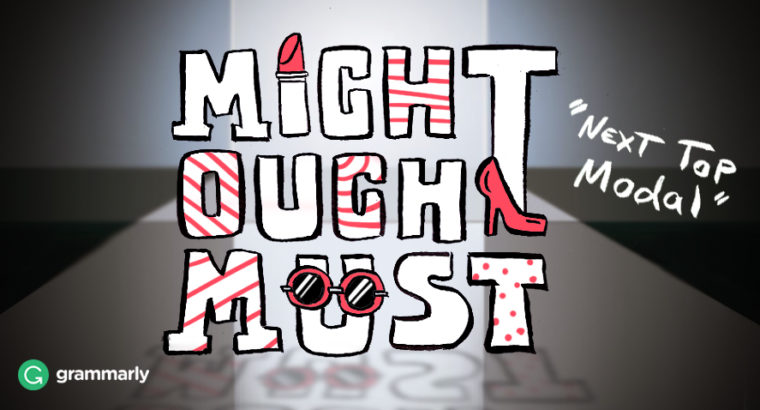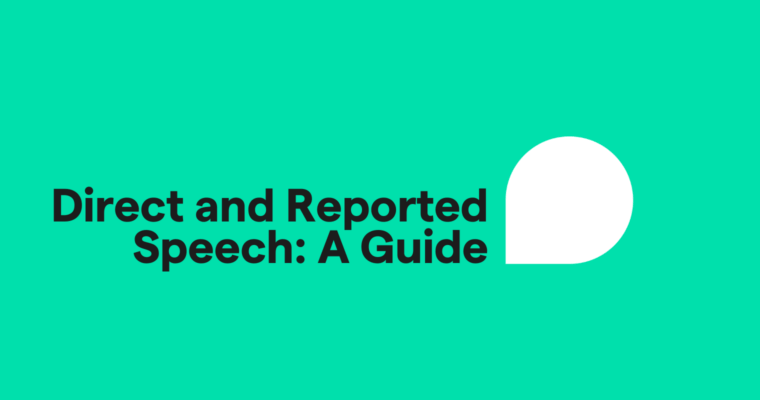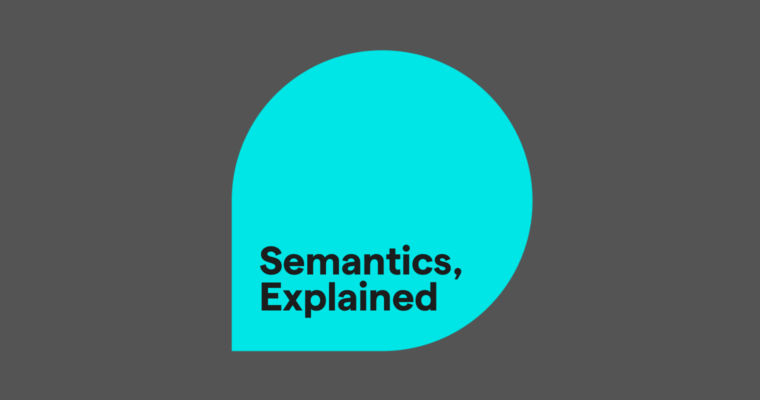
Modal verbs are also called helping verbs, because that’s what they do. They help add meaning to the main verb in your sentence by expressing possibility, ability, permission, or obligation. Generally, you should use only one modal auxiliary at a time. That means that when you have a modal auxiliary in your sentence, you can use “do” as a main verb, but not as another auxiliary.
Using “do” as a main verb looks like this:
In the sentence above, “can” is a modal auxiliary and “do” is the main verb. Using “do” as an auxiliary looks like this:
This time, “do” is an auxiliary and “look” is the main verb.
But you should not use “do” as an auxiliary when there is another modal auxiliary present.
Or
The most common modal auxiliaries and their most common meanings are
- Shall (expresses intention or an expectation that something will happen in the future)
- Should (expresses obligation)
- Can (expresses ability or possibility)
- Could (expresses ability or possibility)
- May (expresses permission or possibility)
- Might (expresses uncertainty)
- Will (expresses expectation about what will happen in the future)
- Would (expresses a guess about what will happen in the future)
Remember, if you are using “do” with a modal auxiliary, make sure “do” is the main verb and make sure it comes after the modal auxiliary, not before it.
Now you can do it too. Using modal verbs can do amazing things for your grasp of the English language.






